What is the tolerance range of precision screws?
What is the tolerance range of precision screws?
Service Hotline
+86760-8787 8587We have more than ten years of experience in screw industry production. The main products are: WN14315 four-point two-point nut, Baogai round head nut, concave brain cross three combination screw, pre-embedded injection molded copper nut, handle hand screw, round head Square neck carriage bolt screws, barrier washers, round head slotted screws, 511 small side saddle-shaped single-sided toothed washers, 304 thin cup head screws, round head cross machine screw bolts, Q121 stud bolts, countersunk head flat head bolts , Carbon steel galvanized nuts, galvanized/color plated square nuts and other fasteners, due to the different materials and specifications of the products, the prices are also different, if necessary, please contact us.


When the countersunk head screws and hexagon socket head bolts are produced by the cold heading process, the original structure of the steel will directly affect the forming ability of the cold heading process. In the process of cold heading, the plastic deformation of the local area can reach 60%-80%, so the steel must have good plasticity. When the chemical composition of the steel is constant, the metallographic structure is the key factor to determine the plasticity. It is generally believed that the coarse flaky pearlite is not conducive to cold heading forming, while the fine spherical pearlite can significantly improve the plastic deformation ability of the steel. For medium carbon steel and medium carbon alloy steel with a large amount of high-strength bolts, spheroidizing (softening) annealing is performed before cold heading, so as to obtain uniform and fine spheroidized pearlite to better meet the actual production needs. For the softening annealing of medium carbon steel wire rods, the heating temperature should be kept above and below the critical point of the steel, and the heating temperature should not be too high, otherwise tertiary cementite will precipitate along the grain boundary, resulting in cold heading cracking. The wire rod of medium carbon alloy steel is annealed by isothermal spheroidization. After heating at AC1+ (20-30%), the furnace is cooled to slightly lower than Ar1, the temperature is about 700 degrees Celsius for an isothermal period, and then the furnace is cooled to about 500 degrees Celsius and air-cooled. The metallographic structure of the steel changes from coarse to fine, from flake to spherical, and the cracking rate of cold heading will be greatly reduced. The general area of softening annealing temperature for 35\45\ML35\SWRCH35K steel is 715-735 degrees Celsius; while the general heating temperature for spheroidizing annealing of SCM435\40Cr\SCR435 steel is 740-770 degrees Celsius, and the isothermal temperature is 680-700 degrees Celsius.
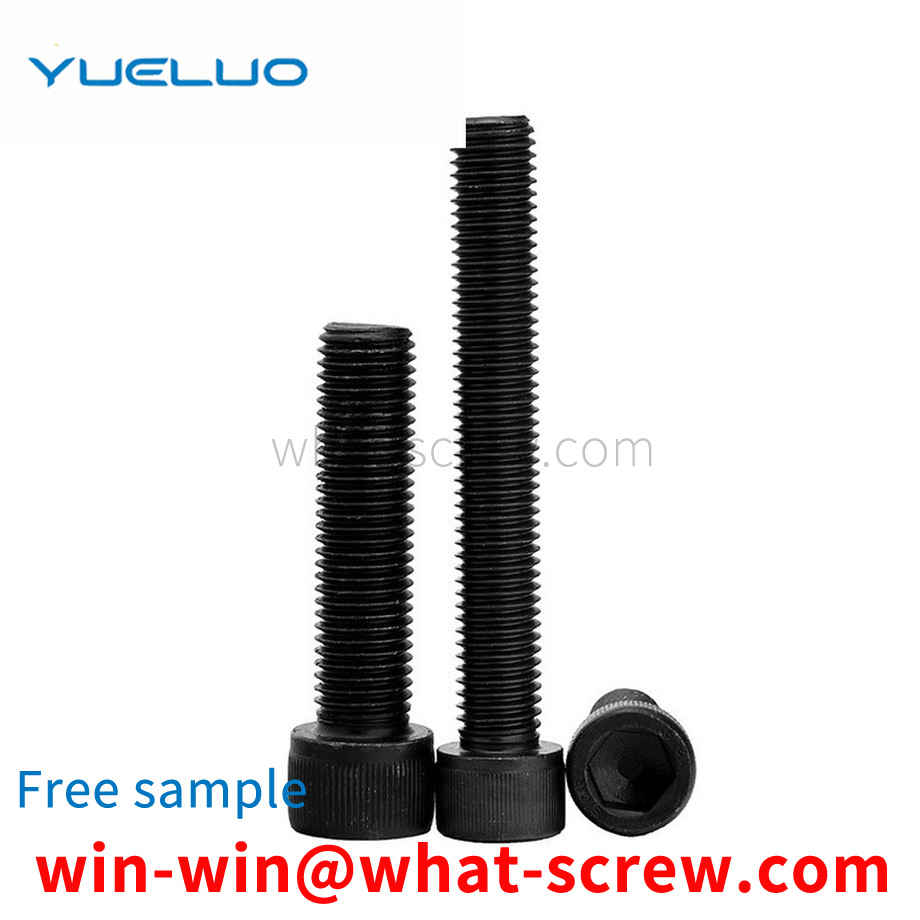
Countersunk rivet is a kind of part that uses its own deformation or interference connection to connect and position two objects in riveting. It is widely used in automobiles, vehicles, electromechanical products, aerospace products and other fields. When the countersunk head rivet is used, the head of the rivet sinks into the connected parts in whole or in part. This structure is mostly used for parts that require a smooth and smooth appearance. The standard structure of countersunk head rivets is specified in the national aviation standard, national standard and national standard, and the countersunk head rivets involved in these standards are all standard rotary structures.
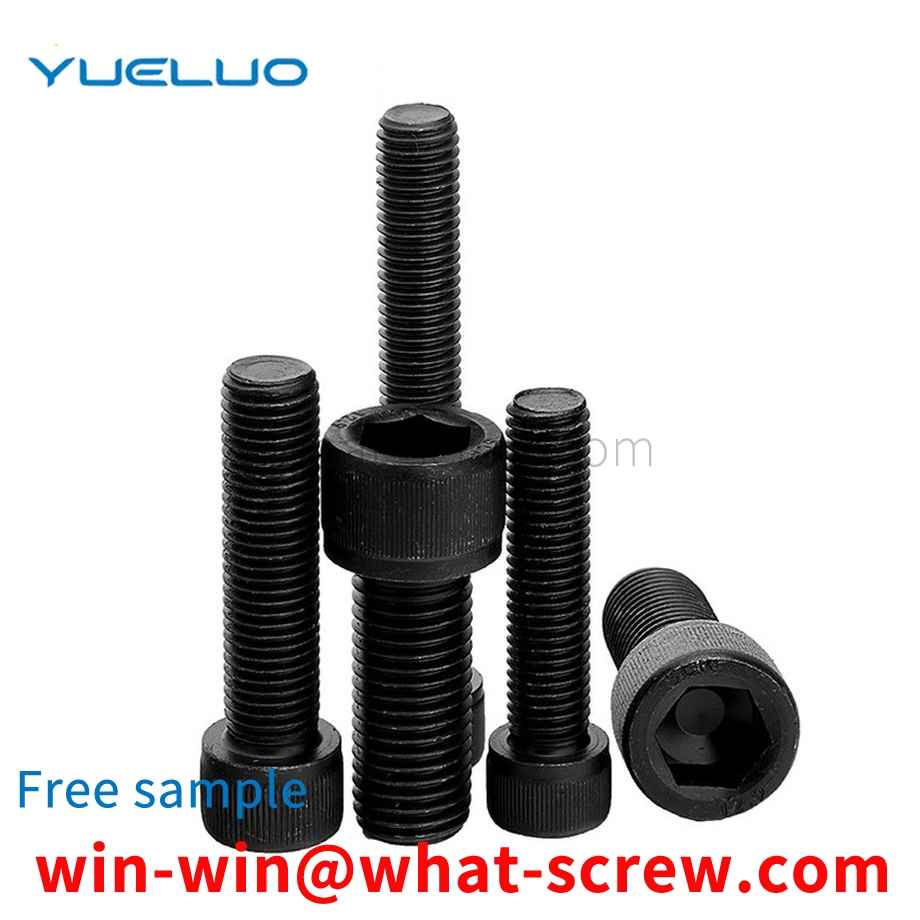
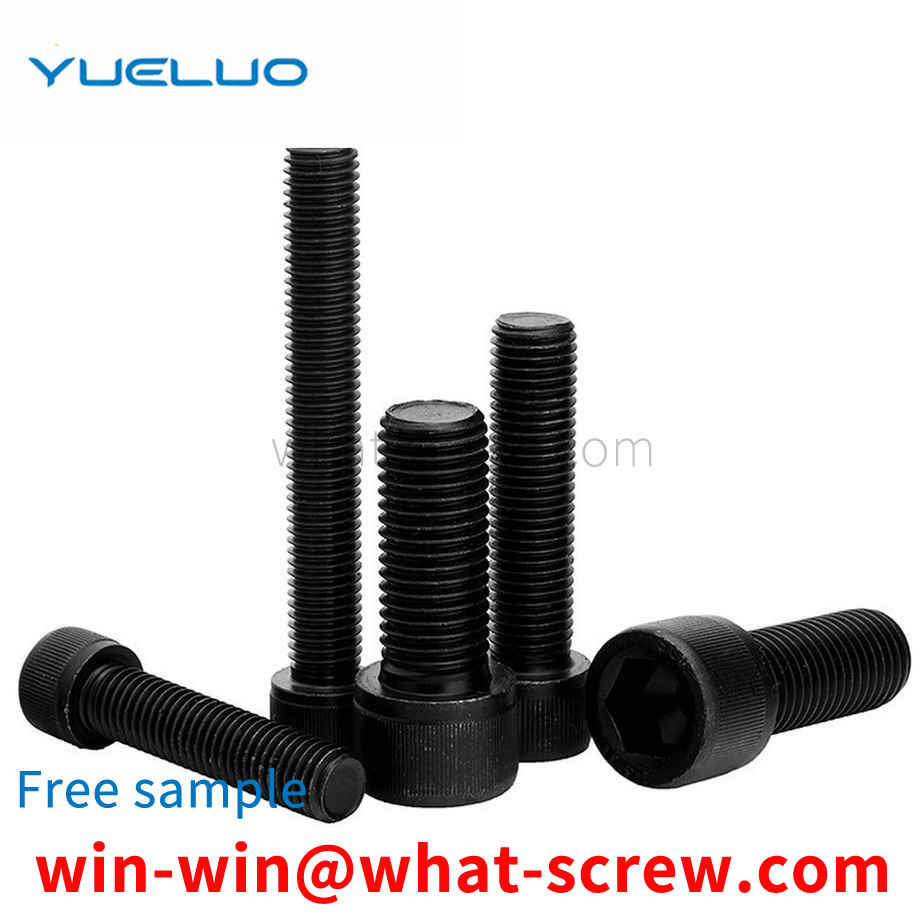
Blind rivets (blind rivets) --------- rivet body (rivet body) mandrel (rivet stem or rivet mandrel). It is a type of rivet for single-sided riveting, but it must be riveted with a special tool - a rivet gun (manual, electric, pneumatic). When riveting, the rivet core is pulled by a special rivet gun to expand the rivet body and play a riveting role. This type of rivet is especially suitable for riveting occasions where it is inconvenient to use ordinary rivets (riveting from both sides), so it is widely used in construction, automobiles , ships, aircraft, machinery, electrical appliances, furniture and other products. Among them, the open-type oblate head blind rivets are the most widely used, the countersunk head blind rivets are suitable for riveting occasions where the surface needs to be smooth, and the closed blind rivets are suitable for riveting occasions that require high load and certain sealing performance.
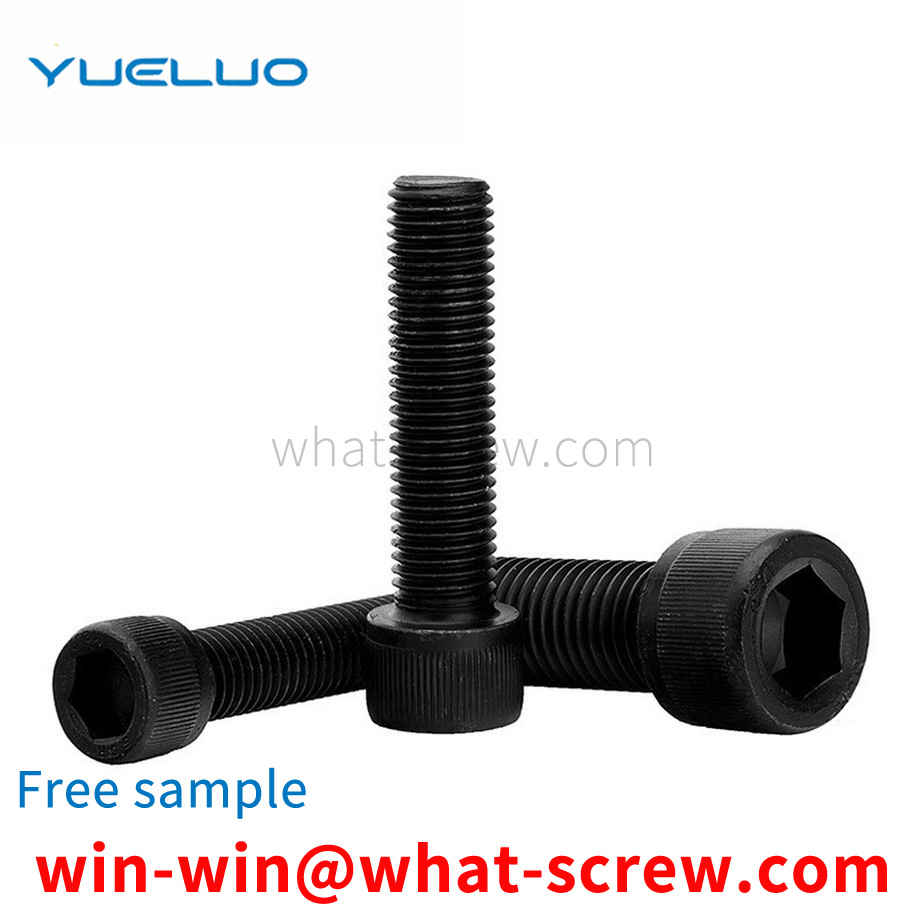
However, this process scheme has high cost, low efficiency, and has certain difficulties in quality assurance. In order to ensure product production efficiency, reduce manufacturing costs and improve product quality, it must be considered that the blank forming is completed on a multi-station cold heading machine at one time.
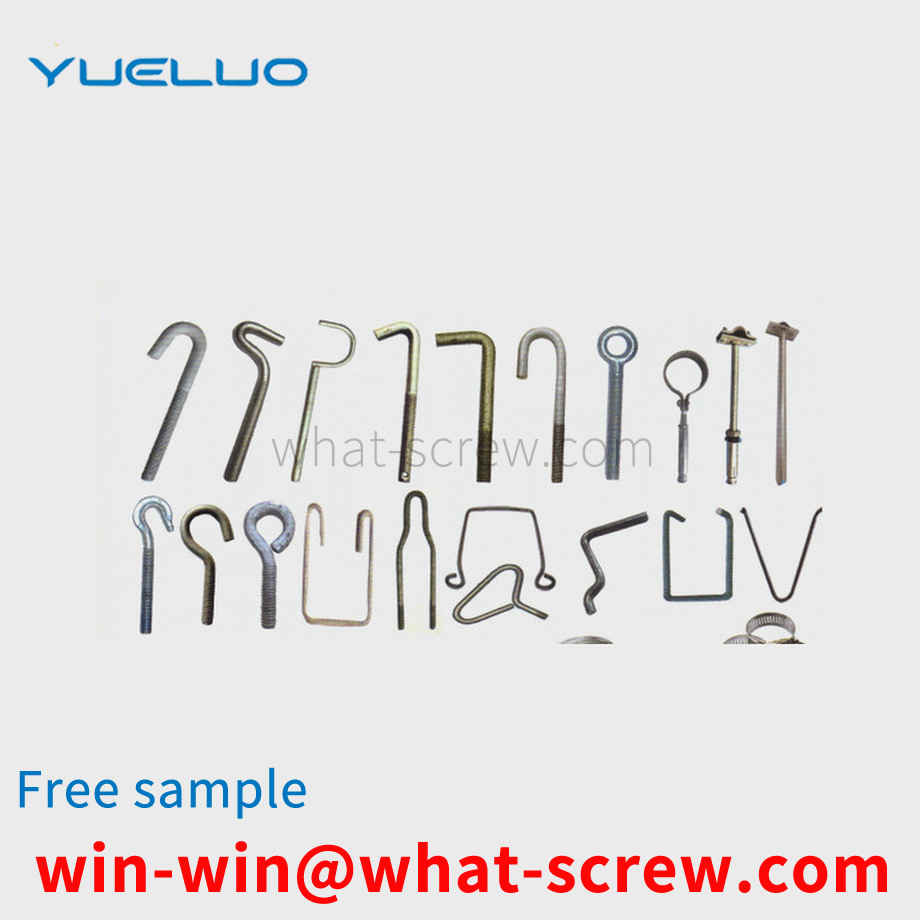
The above content is uploaded by Yueluo or the Internet. If there is any copyright issue, please contact [email protected].

What is the tolerance range of precision screws?

How to choose the right stainless steel screw manufacturer?

Why is there an R angle under the head of the hexagon head s...

We have more than ten years of production experience in the ...

We have more than ten years of production experience in the ...

We have more than ten years of experience in screw industry ...

We have more than ten years of experience in screw industry ...